Airport security is a critical concern, and ensuring the safety of airfields and their surroundings is paramount. The airport fence serves as a vital component of the security infrastructure, providing boundary protection and enhancing airfield safety. In this article, we will explore how airport fences play a crucial role in safeguarding airports and discuss their features and benefits in maintaining enhanced airfield safety.
Securing the Perimeter:
The primary function of an airport fence is to establish a secure perimeter around the airfield. Airport fences are specifically designed to deter unauthorized access and trespassing, ensuring that only authorized personnel can enter restricted areas. These fences act as a physical barrier, preventing inpiduals and vehicles from gaining unauthorized access to sensitive airport facilities, runways, and aircraft parking areas.
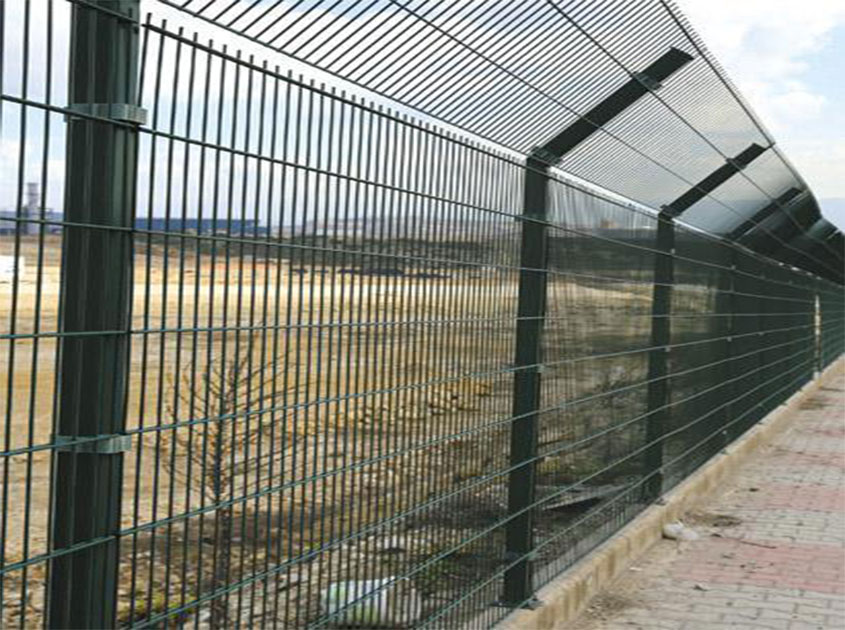
Intrusion Detection and Prevention:
Airport fences are often equipped with advanced security features to detect and prevent intrusions effectively. These features may include sensor systems, such as intrusion detection sensors or fiber-optic cables, that can detect any attempts to breach or climb the fence. Such technologies provide real-time alerts, allowing security personnel to respond swiftly to any potential security threats and maintain a high level of vigilance.
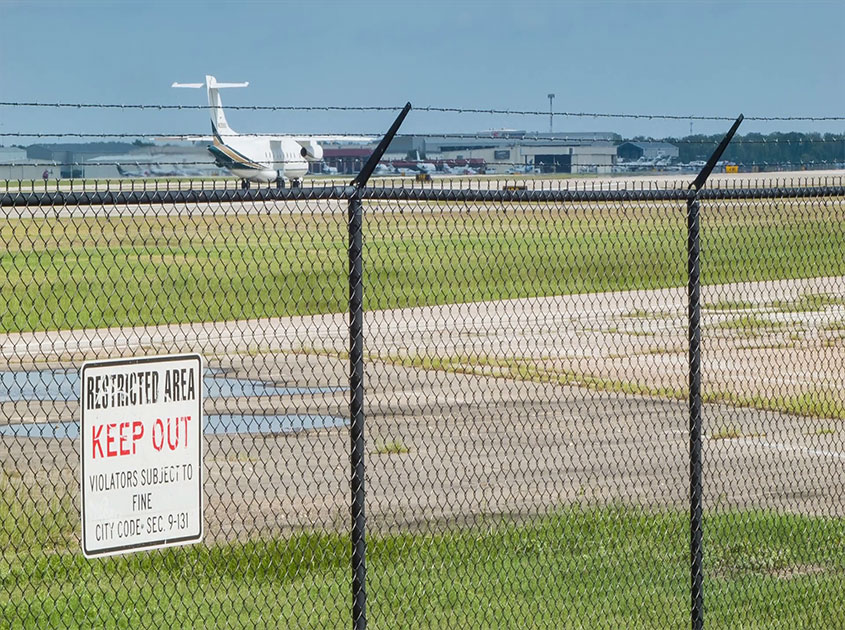
Heightened Perimeter Visibility:
Airport fences are designed to strike a balance between security and visibility. The fence's mesh structure provides clear sightlines, enabling security personnel to monitor the airfield and surrounding areas effectively. This visibility ensures swift identification of any suspicious activities or potential breaches, enhancing response times and overall airfield safety.
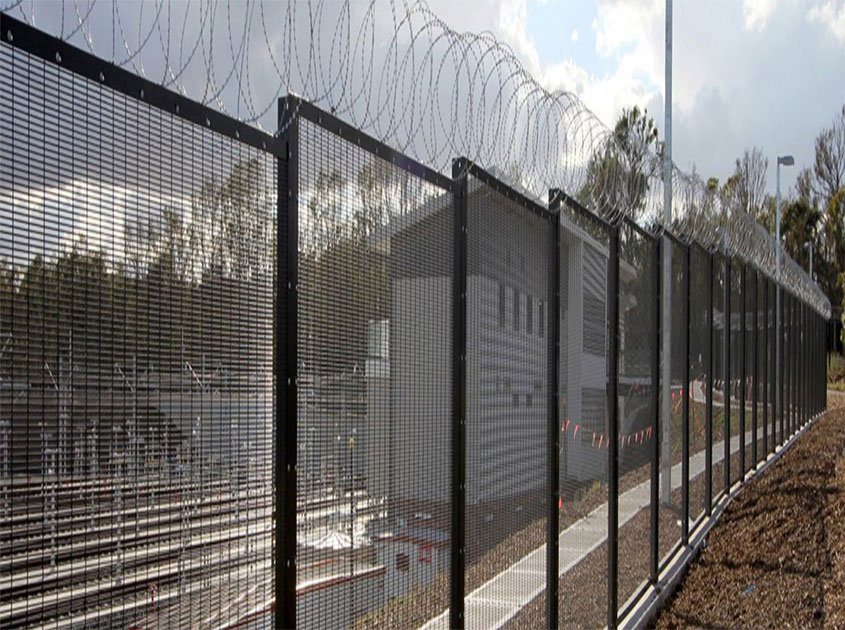
Enhanced Structural Integrity:
Airport fences are constructed with durability and structural integrity in mind. They are typically made from robust materials, such as high-quality steel, aluminum, or mesh panels, that are resistant to corrosion, weathering, and impact. These fences are designed to withstand extreme weather conditions and physical stress, ensuring that they remain intact and effective in securing the airport perimeter over an extended period.
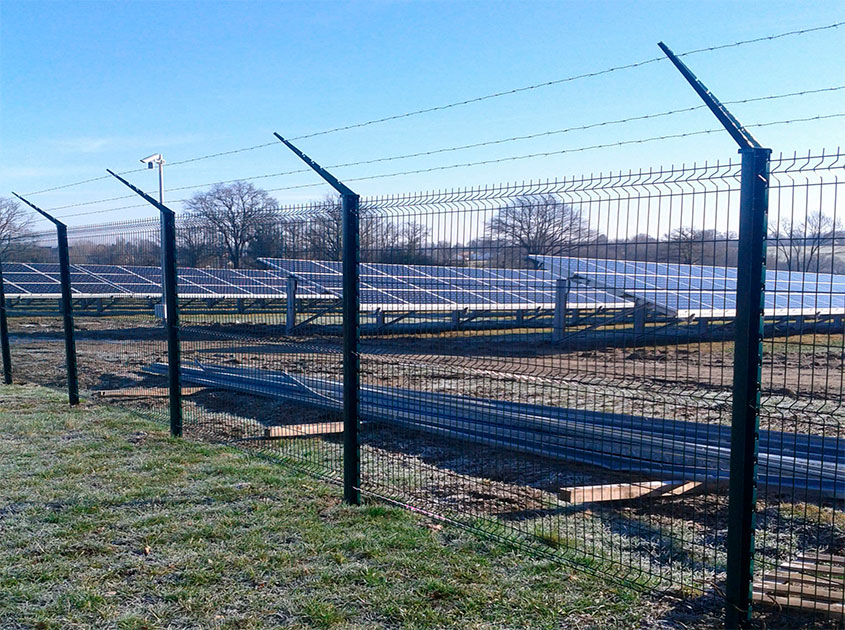
Integration with Access Control Systems:
To enhance airfield safety, airport fences are often integrated with access control systems. This integration allows for controlled and monitored entry and exit points, ensuring that only authorized personnel and vehicles can access restricted areas. Access control systems may include electronic gates, card readers, or biometric scanners, providing an additional layer of security and accountability.
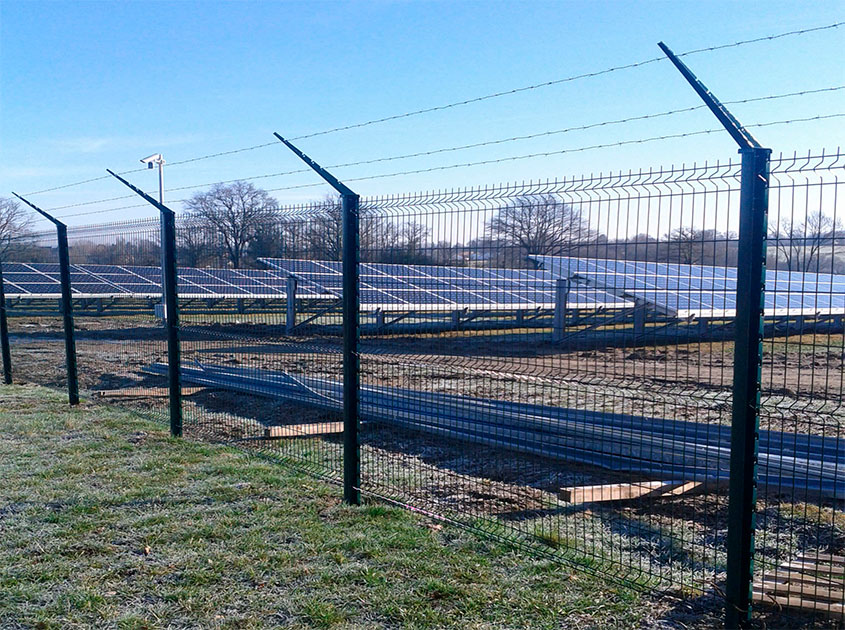
Conclusion:
Airport fences are essential for ensuring the safety and security of airfields and the surrounding areas. By establishing a secure perimeter, integrating intrusion detection systems, providing heightened visibility, and complying with aviation regulations, airport fences play a vital role in enhancing airfield safety. The robust construction, durability, and integration with access control systems further contribute to maintaining a controlled and secure environment within the airport premises. Invest in an airport fence to achieve boundary protection at its finest and ensure the utmost safety and security of your airport operations.
Pre:Protecting Passengers: The Necessity and Key Functions of Airport Security Fences
Next:Airport Fence: Unveiling the Unseen Guardians of the Skies - Where Security Meets Sophistication